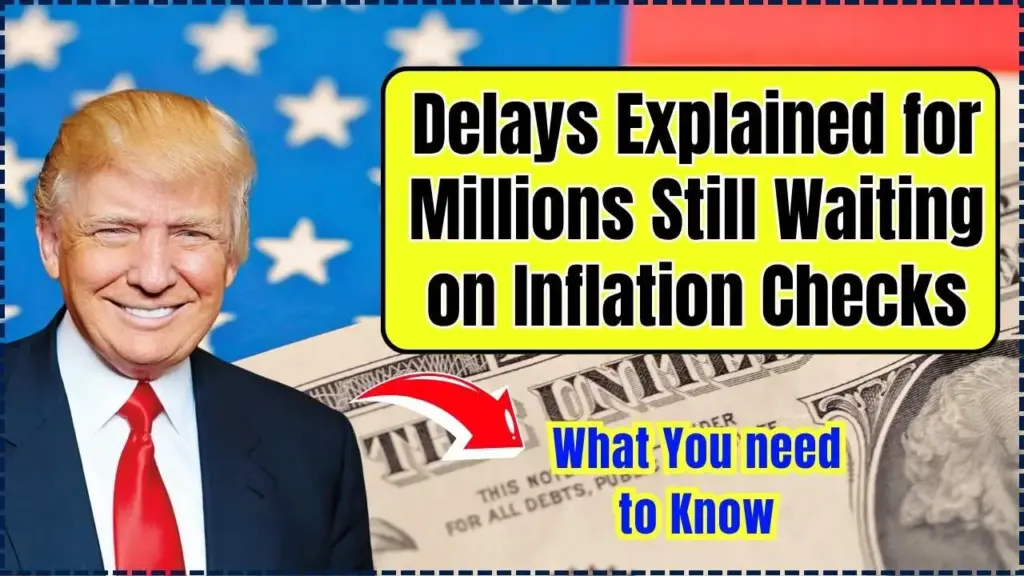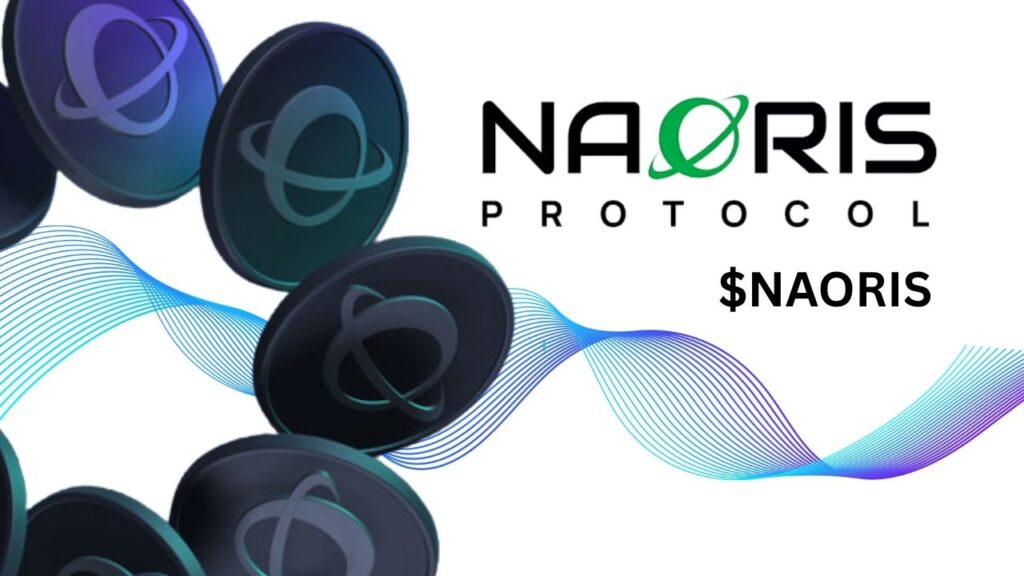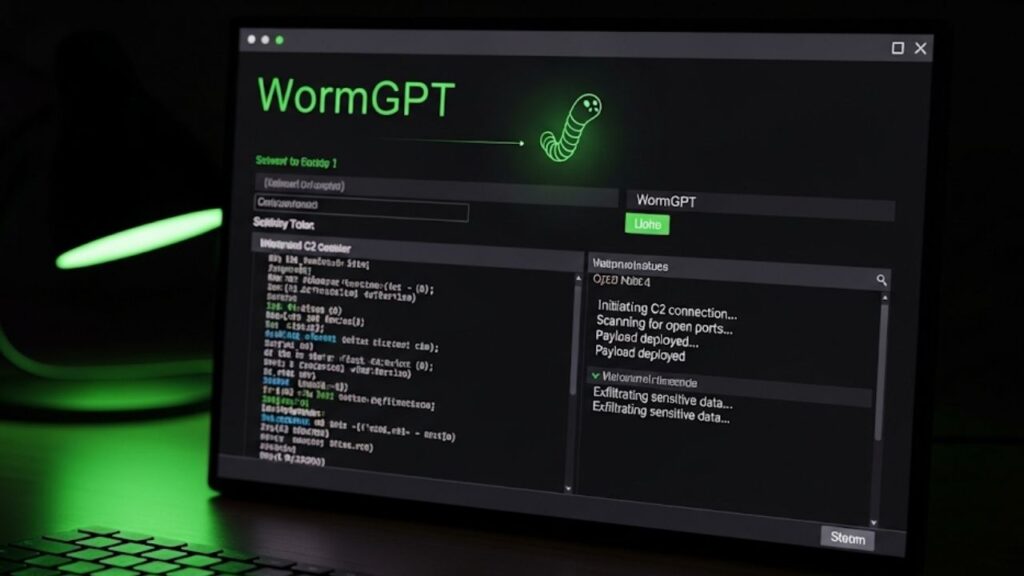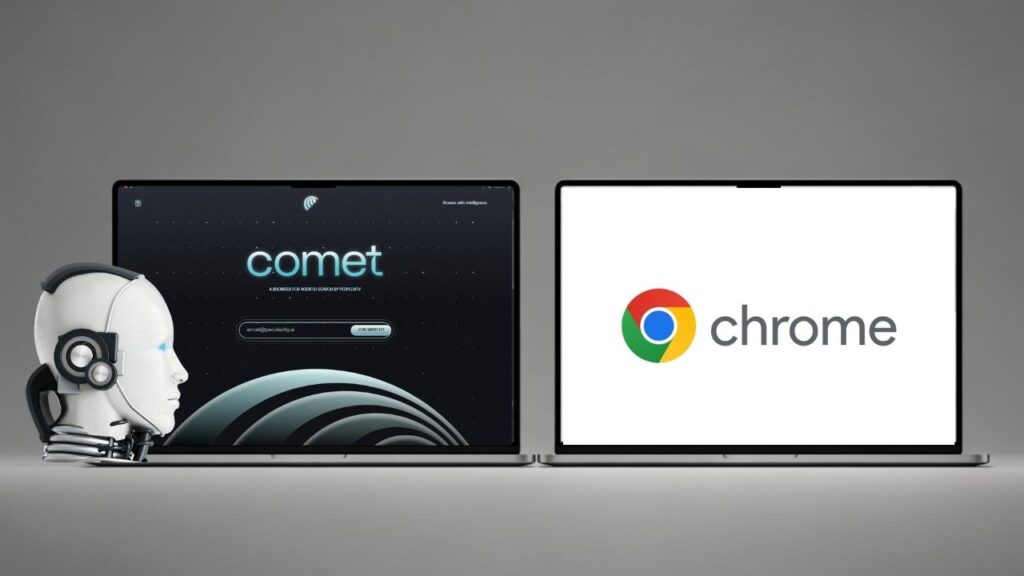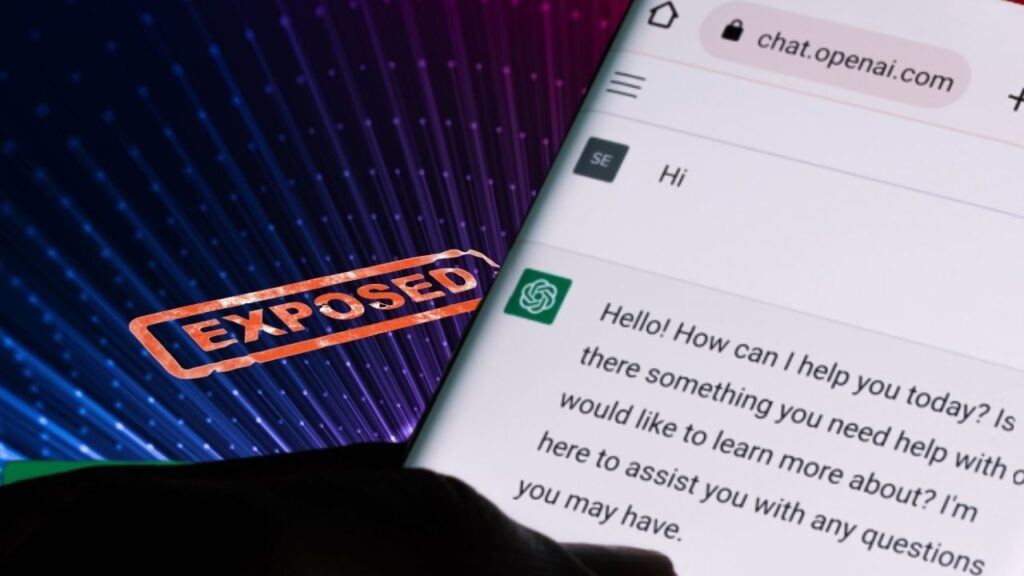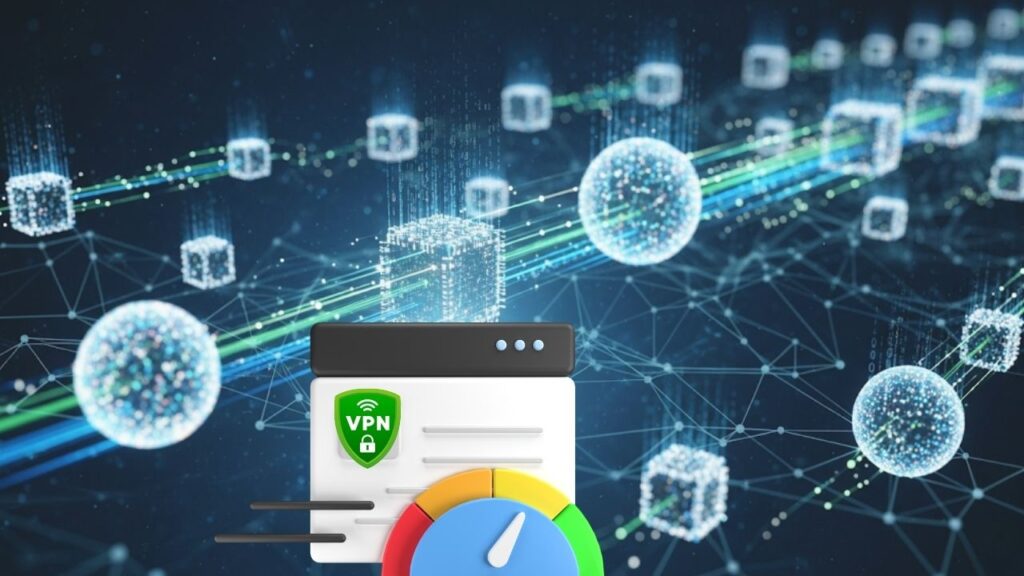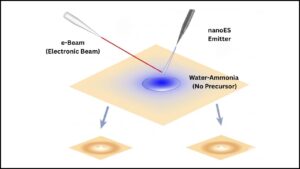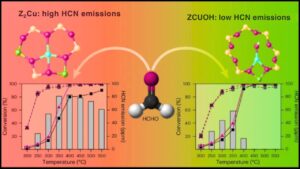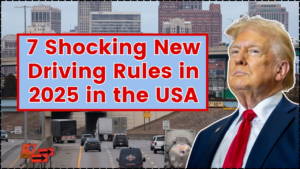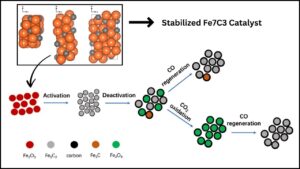Claims have emerged that the Internal Revenue Service (IRS) will issue a one-time $1,390 relief payment (IRS $1,390 Relief Payments Coming in 2025) to eligible taxpayers in 2025. Many media outlets suggest eligibility income thresholds (about $75,000 for single filers, $150,000 for joint filers) and a distribution in mid-2025.
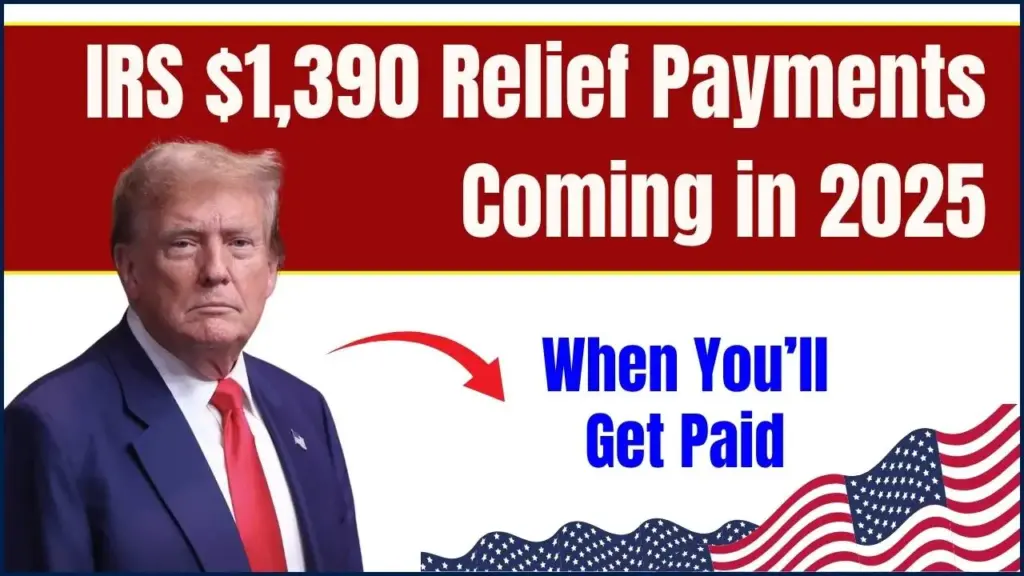
However, the IRS has stated no new stimulus payment is scheduled because no legislation authorising it has been passed. Below is what is known, what remains unclear, and what taxpayers should do.
Table of Contents
IRS $1,390 Relief Payments Coming in 2025
| Key Fact | Detail / Statistic |
|---|---|
| Payment amount cited | $1,390 one-time payment |
| Eligibility estimates | Single filers up to ~$75,000; Married filing jointly up to ~$150,000 |
| Official status | No law passed; IRS says no payment scheduled |
At present, the IRS has not confirmed or scheduled any $1,390 relief payments for 2025. While reports continue to circulate, no legislation authorizing new stimulus checks exists. Americans are advised to monitor official IRS announcements, stay alert for scams, and rely only on verified government sources for updates on potential future relief programs.
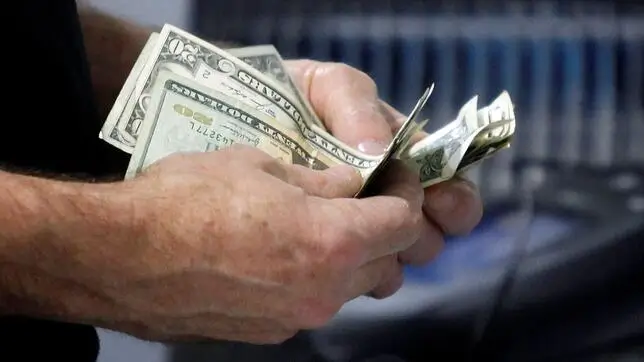
Why the $1,390 payment story is circulating
Context: Previous stimulus payments
In prior years, the U.S. government issued economic-impact payments via the IRS during the COVID-19 pandemic and other relief efforts. These payments required congressional approval and formal legislation. The history of such actions helps explain why rumours of a new payment surface.
What’s driving current claims
Articles and websites claim a $1,390 payment will assist low- and middle-income households, including recipients of Social Security benefits, SSI, veterans benefits and others. Some reports tie this to proposed legislation such as the American Worker Rebate Act introduced by Sen. Josh Hawley (R-Mo).
However, the American Worker Rebate Act remains a bill and has not been enacted.
Why official sources caution otherwise
According to the AP, the IRS has confirmed “taxpayers will not receive new stimulus checks this summer,” noting that “Stimulus checks … are authorised by Congress through legislation,” and “no such action has occurred” for a new payment.
Who would qualify if the payment were authorised
(Important note: The following eligibility details are drawn from media reports and not IRS-confirmed criteria.)
Income and filing-status thresholds
- Single filers reportedly eligible up to ~$75,000 annual income.
- Married couples filing jointly up to ~$150,000 income.
- Heads-of-household up to ~$112,500 income have also been mentioned.
These figures appear in multiple commentary pieces.
Automatically eligible groups (according to reports)
Claims suggest house-holds receiving Social Security retirement benefits, Supplemental Security Income (SSI), Social Security Disability Insurance (SSDI), veterans benefits or Railroad Retirement benefits may be automatically eligible.
Delivery method
Reported methods include direct deposit of payment for those with bank info on file; otherwise a paper check or pre-paid “EIP-card” style delivery.
When would payments be delivered?
Reported dates
Some outlets suggest a rollout in mid-2025, with others pointing to “summer” or “late summer” timing.
Official position
Because no legislation has authorised the payment, the IRS and Treasury have not published a payment schedule or confirmed a date.
Transparency: What we don’t know
- Legislative authorisation: Without a law passed by Congress, the payment remains speculative.
- Final eligibility criteria: Income thresholds, benefit receipt, filing status—all remain unconfirmed.
- Exact timing or amount changes: The $1,390 figure is cited in media, but could evolve if authorised.
- Budgetary source / funding mechanism: Any payment would require funding, which is not explained in current reports.
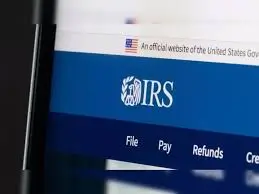
What you should do now
Update your information
If you currently receive benefits (Social Security, SSI, veterans, etc.), ensure your bank account and mailing address are current with the IRS or relevant agency so you are prepared for any authorised payment.
Be vigilant about claims
Do not act on offers or requirements to “apply now” for the $1,390 payment unless you verify via IRS.gov or an official federal government release. Be aware of phishing or scam attempts referencing unverified payments.
Review past relief programmes
If you believe you may have missed earlier relief, such as the pandemic-era economic-impact payments, you can check your eligibility for the Recovery Rebate Credit when filing your 2025 tax return.
Stay informed
Monitor official sources such as IRS.gov and the U.S. Department of the Treasury for any announcement. Avoid relying solely on non-official websites or social-media posts claiming imminent payments.
Related Links
Get Up to $1,751 Texas SNAP Benefits This Month : How to Get Yours?
SSA Payments Pause Until November – Here’s What You Need to Know About the Delay
Why this matters
For households facing pressure from inflation, rising costs of living, or benefit-plateauing, a one-time payment could provide meaningful relief. At the same time, the spread of rumours and unverified claims heightens the risk of confusion and fraud. Clear, authoritative communication is essential so that taxpayers know what to expect and what actions to take—or avoid.
Broader legal and policy context
Although a $1,390 payment is not yet authorised, lawmakers have explored related proposals. The American Worker Rebate Act, for example, proposes tax rebates funded by tariffs but remains unpassed. Without congressional approval, any payment plan cannot advance.
Meanwhile, the IRS is advancing other reforms unrelated to stimulus payments: beginning 30 September 2025 the IRS will phase out paper tax-refund checks and transition more entirely to electronic payments per Executive Order 14247.
Final note
As of now, the IRS has not confirmed the $1,390 relief payment (PRIMARY-KEYWORD). Should it be authorised in the future, it would target low- and middle-income filers and certain benefit-recipients—but without congressional approval, no payment can proceed. Taxpayers should continue to verify information through official channels and remain alert to signs of potential scams.

